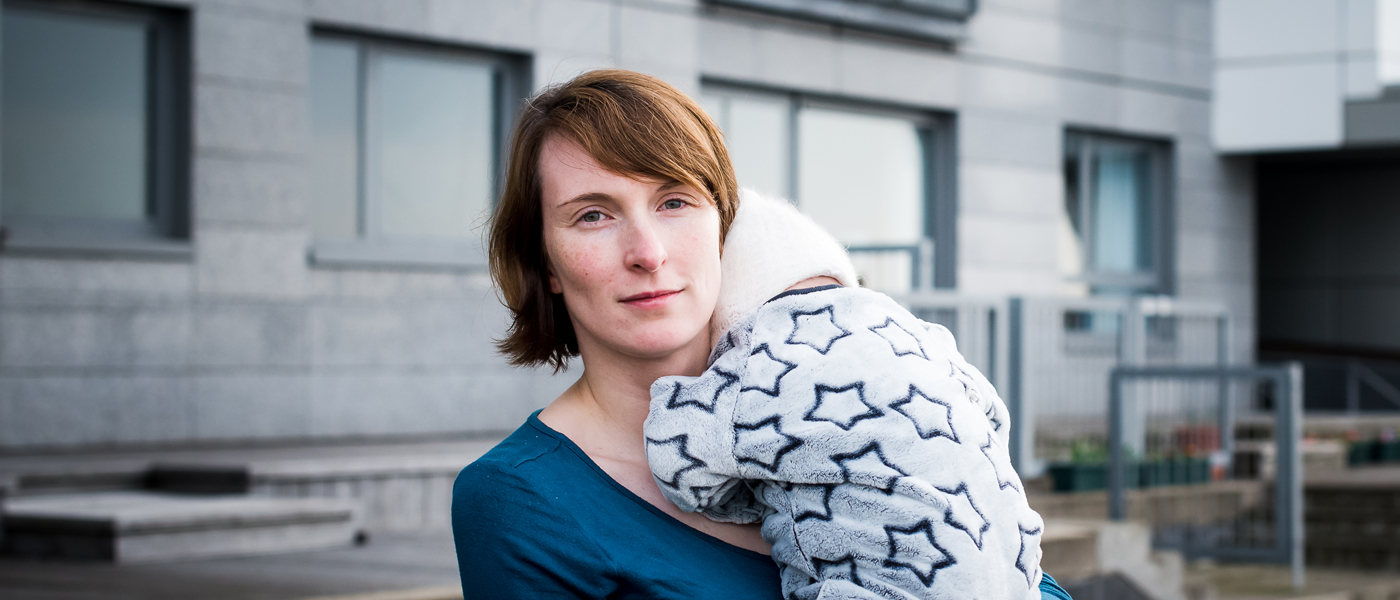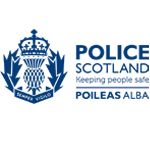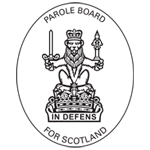Homicide figures for 2018-19 in Scotland released
Statistics published on 29 October 2019 show that the number of homicide cases have remained relatively stable since 2012-13 with 60 cases recorded by Police Scotland, an increase of one case since the previous year.

The statistics show:
- Slight rise of 2% (one case) from 2017-18 to 2018-19 with 60 homicide cases reported.
- There were 61 victims of homicide in 2018-19, up from 59 (3% rise) the previous year – 46 (75%) of them were male.
- A ‘sharp instrument’ was the main method of killing 27 people, or 44% of victims.
- Homicide cases are still considerably lower than ten years ago – fall from 80 to 60 cases per year and are at a relatively stable level.
Family members affected by murder or culpable homicide have reported the lack of support and consistent national service provision to guide them through the criminal justice system and manage the practical and emotional impact following the crime.
The Scottish Government recently funded Victim Support Scotland to deliver a free and confidential service to support families bereaved by crime, which launched this year.
Kate Wallace, Chief Executive of Victim Support Scotland said:
“Families bereaved by crime are often traumatised and likely to be experiencing a range of emotional reactions and physical symptoms, worried about the future, how to cope and who to turn to.
“Our new Support for Families Bereaved by Crime service provides a dedicated key worker to support and inform families following murder or culpable homicide. Key workers provide emotional support and practical assistance with tasks from funeral arrangements and accessing financial assistance to navigating the criminal justice system.
“While it is encouraging to hear homicide cases are at one of the lowest levels since 1976, one death alone has a catastrophic impact on families and the local community. More needs to be done to tackle the root causes of crime and inequality in our communities if we are to continue to see a reduction in the number of victims and families left to deal with the resulting trauma.”











